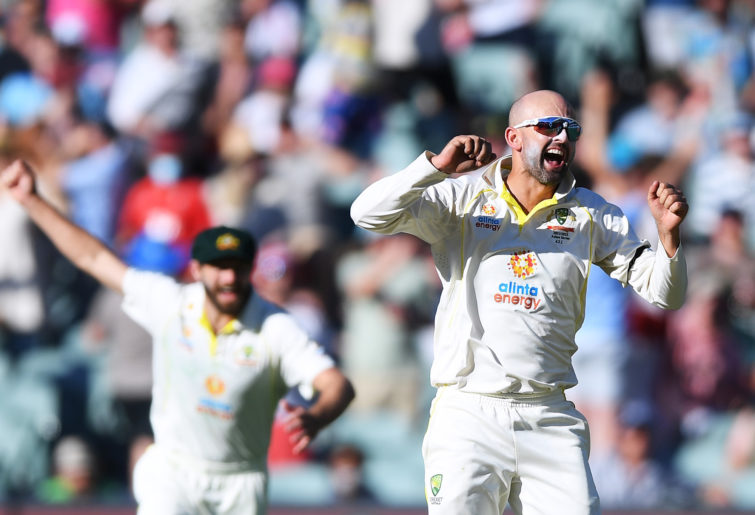Musical venues: Finding a solution to the curse of rain-affected New Year's Tests
There are very few things quite so depressing during a Test match as the massive white (or pink) covers stretched across the pitch and…
Opinion
If Scott Boland were an all-rounder, his name would be Scott Bolandbat. He’d also have made hundreds in each of the past two Tests as well as taken the 15 wickets he already has.
He has been the beneficiary of what is seemingly Australia’s new selection policy, picking players who do well at certain grounds or in various conditions.
Boland’s selection was justified on the grounds that he is an ‘MCG specialist’. He does, after all, average just over 13 at the venue. Boland’s performance at the MCG justified his selection for the Sydney Test, and his continued success in Sydney proved that the selectors were right.
However, Boland averages over 30 at the former Bellerive Oval. Michael Neser averages around 21 at the venue. Horses for courses suggests that it should be a straight swap between the two.
For years, the selectors have ordained Mitchell Starc, Josh Hazlewood, Pat Cummins and Nathan Lyon as the first four names picked for every Test match.
If so, those four should be on the park together all the time. If those are the four best bowlers, those four bowlers need to be backed to deliver in all conditions on all grounds. And for years, that has worked.
Now, it seems that other forces are in play with selection and it’s no longer just the four best bowlers.
With Scott Boland, that plan worked.
Where I have a problem is with the selection of one player for one ground but then not applying that rule across the board at every ground. Take the Gabba, for instance. Starc averages 31 at the Gabba. Lyon averages 30. Cummins averages 17 and Hazlewood 25.5.
If selecting horses for courses, surely Michael Neser gets a run at the Gabba, where he averages right around 17 in his first-class career?
By the same metric, why did the selectors persist with Starc and Lyon for the SCG Test? Both players average over 40 with the ball at that ground. Furthermore, Starc averages 41 in the fourth Test of a series and 52 in the fifth Test! Lyon averages 32 and 35.

(Photo by Mark Brake – CA/Cricket Australia via Getty Images)
This “horses for courses” approach needs to apply to everyone across every ground regardless of the name or their history.
Usman Khawaja is the second-highest run scorer of the current Sheffield Shield season. He was picked in a shootout for the fifth batting spot with Travis Head and played at the SCG because Head contracted COVID. His contributions at the SCG can only be described as outstanding.
With Marcus Harris backed to go the whole series and Head back in the frame after recovering from COVID-19, should Khawaja get another Test? The problem is, Khawaja’s record in Hobart is patchy, albeit from a small sample size.
Marcus Harris should be on shaky ground as well. Judging by average opening partnerships, Joe Burns and Matthew Renshaw were harshly done by because both average over 40 (in Burns’s case, over 50) when opening with David Warner.
Harris averages just 25 when opening with Warner. Khawaja averages 96.8 at the top of the order and over 80 when opening with Warner! “Horses for courses” demands that Khawaja is selected for Hobart, especially after his strong showing in Sydney.
Boland is proof positive that “horses for courses” does work, and Australia is blessed with fast bowling depth to do that with. But “horses for courses” must be applied equally, evenly across the board to all players and all grounds in all series.
Otherwise, why utilise it as a selection policy?
Consistency in selection must now be applied across the board in every Test match for every ground. The precedent has been set.